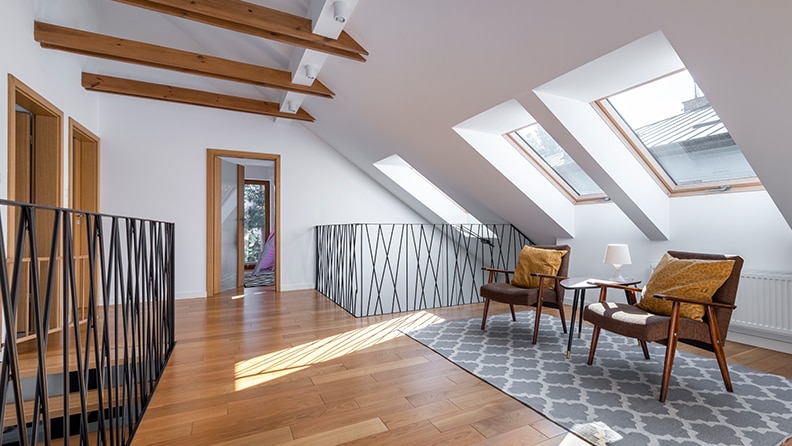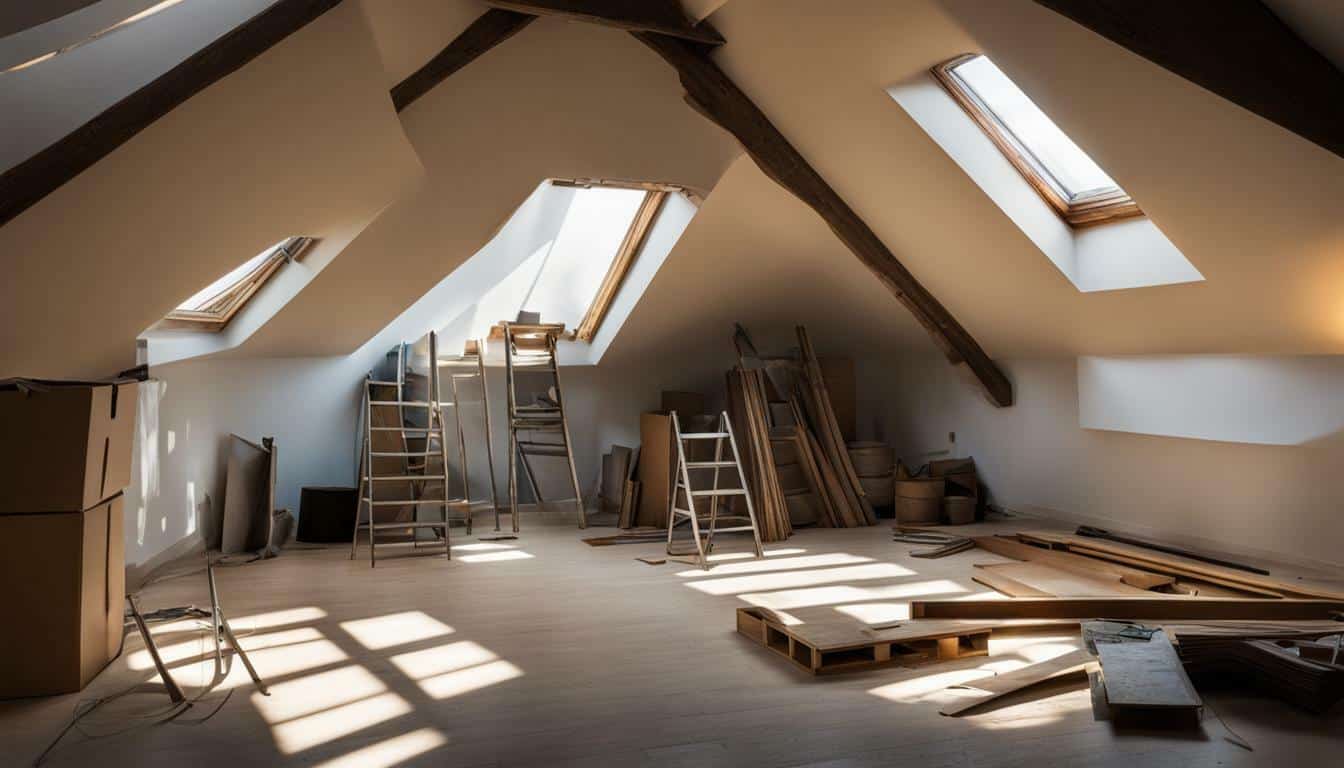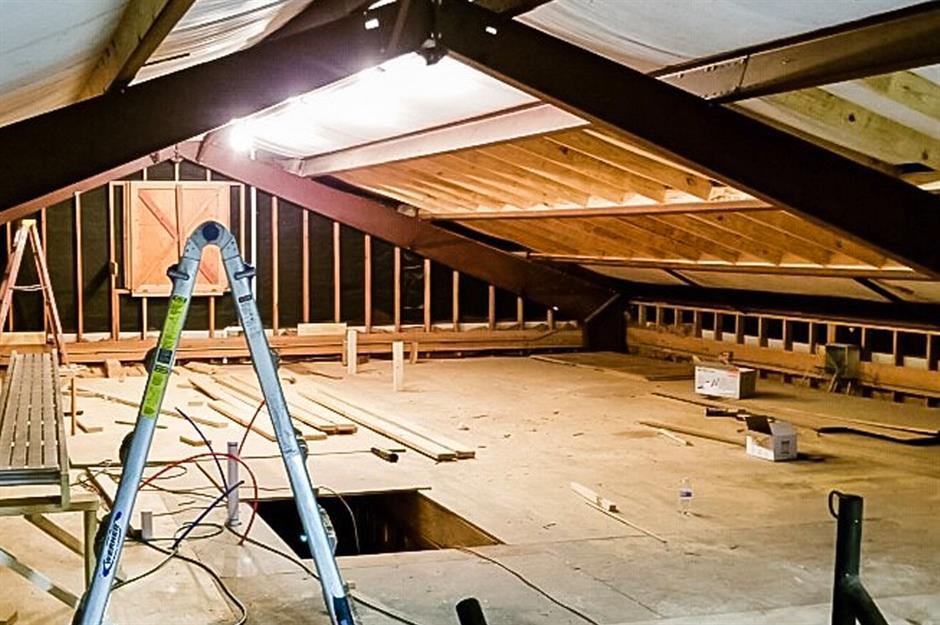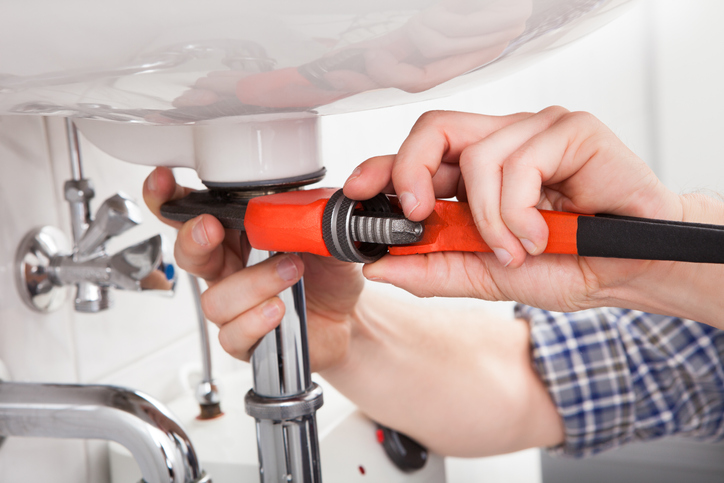When it comes to maintaining a comfortable home environment, many homeowners and real estate developers often overlook the importance of attic cooling systems. As the summer heat intensifies, the attic can become a hotspot that impacts the overall temperature and energy efficiency of a house. Addressing this issue can lead to a more pleasant living space and significant savings on energy bills.
In this article, we will delve into the world of attic cooling systems, exploring their benefits, types, and how they contribute to a more energy-efficient home. Whether you’re a homeowner seeking to enhance comfort or a real estate developer looking to add value to properties, understanding the significance of attic cooling is essential.

Why Attic Cooling Systems Matter
An unventilated or poorly insulated attic can trap heat, causing your home’s cooling system to work harder. This not only increases energy consumption but also shortens the lifespan of your HVAC system. By investing in an effective attic cooling system, you can alleviate these issues and enjoy a more comfortable indoor environment.
Impact on Energy Efficiency
Proper attic cooling can significantly enhance your home’s energy efficiency. When the attic is cooler, your air conditioning system doesn’t need to run as frequently, reducing energy consumption and lowering utility bills. This is especially important for those interested in sustainable living and reducing their carbon footprint.
For more insights on how to make your home energy efficient, check out our article on passive house design.
Types of Attic Cooling Systems
1. Attic Fans
Attic fans are a popular choice for homeowners looking to improve attic ventilation. These fans help expel hot air from the attic, allowing cooler air to circulate. There are different types of attic fans, including electric, solar-powered, and wind-driven models.
2. Ridge Vents
Ridge vents run along the peak of the roof and allow hot air to escape from the attic. This passive cooling method is effective and requires little maintenance. Ridge vents work best when combined with soffit vents, which allow for proper airflow.
3. Soffit Vents
Soffit vents are installed under the eaves of the roof and allow fresh air to enter the attic. When used in conjunction with ridge vents, they create a natural airflow that helps cool the attic space.
4. Radiant Barriers
Radiant barriers are reflective materials installed in the attic to reduce heat transfer. They help keep the attic cooler by reflecting radiant heat away from the living space. This is particularly useful in hot climates where solar radiation is intense.
Installation and Maintenance
Choosing the Right System
Selecting the right attic cooling system depends on various factors, including your home’s design, climate, and budget. Consulting with a professional can help determine the best solution for your needs.
Professional Installation
For optimal performance, it’s essential to have your attic cooling system installed by a qualified professional. This ensures proper placement and functionality, maximizing the benefits of your investment.
Regular Maintenance
Like any home system, regular maintenance is crucial for the longevity and efficiency of attic cooling systems. This includes cleaning vents, checking for leaks, and ensuring fans are in working order.
Benefits of Effective Attic Cooling
Effective attic cooling offers numerous benefits, including:
- Improved indoor comfort
- Reduced energy bills
- Enhanced HVAC system lifespan
- Increased property value
For those interested in converting their attic into a functional space, effective cooling is essential. Learn more about attic conversions by reading our guide on attic conversion costs.
Environmental Impact
By reducing energy consumption, attic cooling systems contribute to a lower carbon footprint. This is an important consideration for environmentally conscious homeowners and developers.
Sustainable Living
Implementing energy-efficient solutions like attic cooling systems aligns with the principles of sustainable living. It demonstrates a commitment to reducing environmental impact and promoting a healthier planet.
Explore more about sustainable living in our article on attic remodel ideas.
Cost Considerations
While the initial cost of installing attic cooling systems can vary, the long-term savings on energy bills often outweigh the upfront investment. Additionally, many systems qualify for energy efficiency rebates and incentives, further reducing costs.
Budget-Friendly Options
For those on a budget, there are cost-effective solutions such as installing soffit vents or radiant barriers. These options provide significant cooling benefits without breaking the bank.
Discover more affordable attic solutions in our article on building an attic closet.
Conclusion
Attic cooling systems play a vital role in maintaining a comfortable and energy-efficient home. By understanding the different types of systems available and their benefits, homeowners and real estate developers can make informed decisions to enhance their properties. With the right attic cooling solution, you can enjoy a cooler home, lower energy bills, and contribute to a more sustainable future.

FAQs
1. What is the best attic cooling system?
The best attic cooling system depends on your specific needs, budget, and home design. Consulting with a professional can help determine the most suitable option for you.
2. How much does it cost to install an attic cooling system?
The cost varies depending on the type of system and installation requirements. On average, prices range from a few hundred to several thousand dollars.
3. Can I install attic cooling systems myself?
While some systems may be suitable for DIY installation, it’s recommended to hire a professional to ensure proper setup and functionality.
This article contains affiliate links. We may earn a commission at no extra cost to you.



